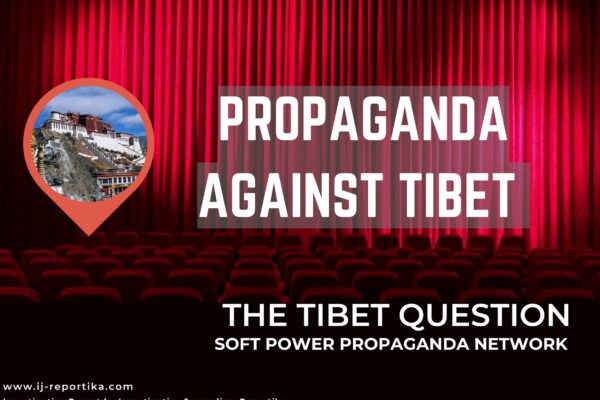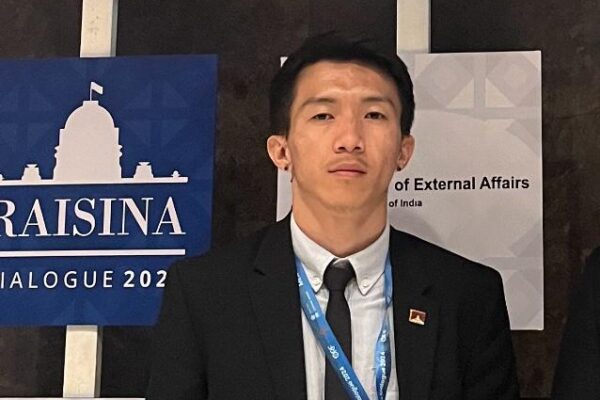
Soft Power Propaganda Network Used Against Tibet
Delve into China’s use of propaganda to control narratives about Tibet. Examine how Propaganda Network is leveraged to shape perceptions.

Delve into China’s use of propaganda to control narratives about Tibet. Examine how Propaganda Network is leveraged to shape perceptions.

Interview with Rinzin Namgyal associated with FNVA on life in India, Tibet, Dalai Lama and peaceful struggle of Tibetans around the world.

The investigative report by Ij-Reportika aims to scrutinize the contentious matter of Chinese maps throughout history.